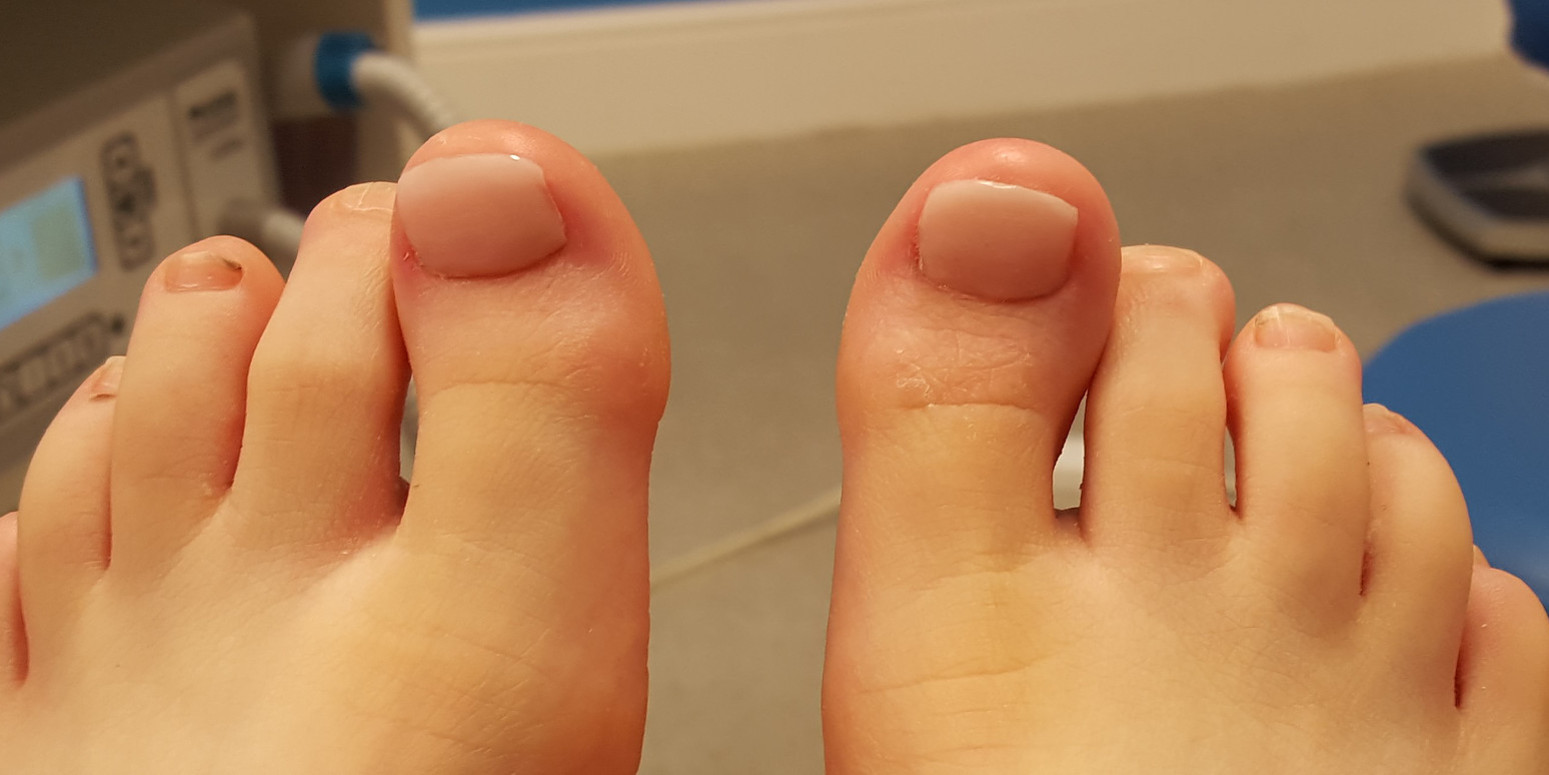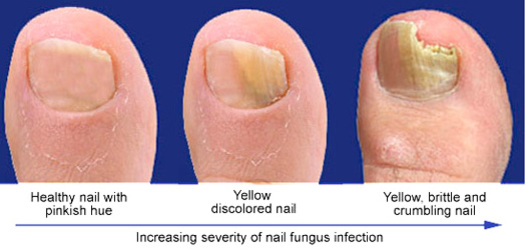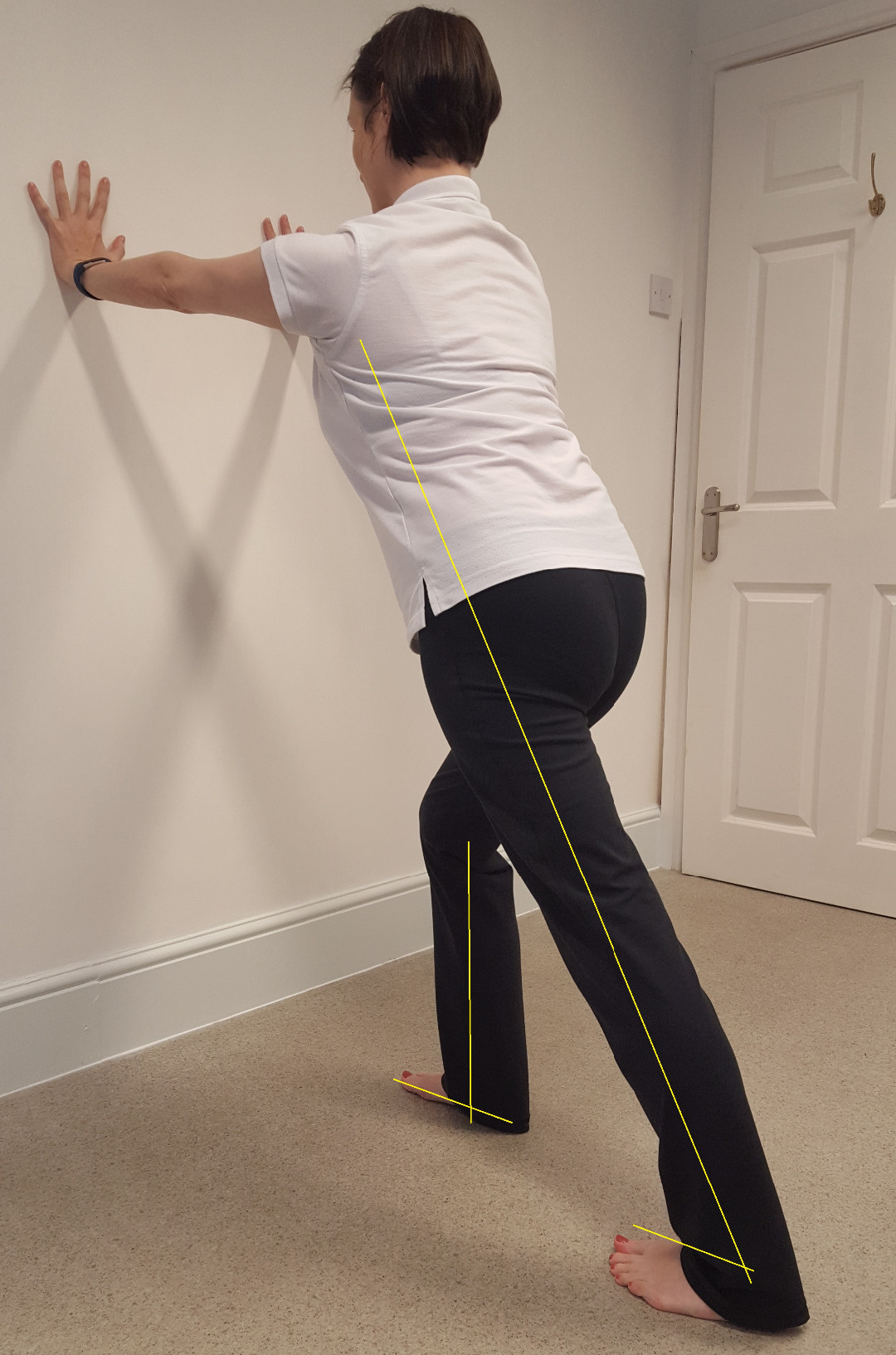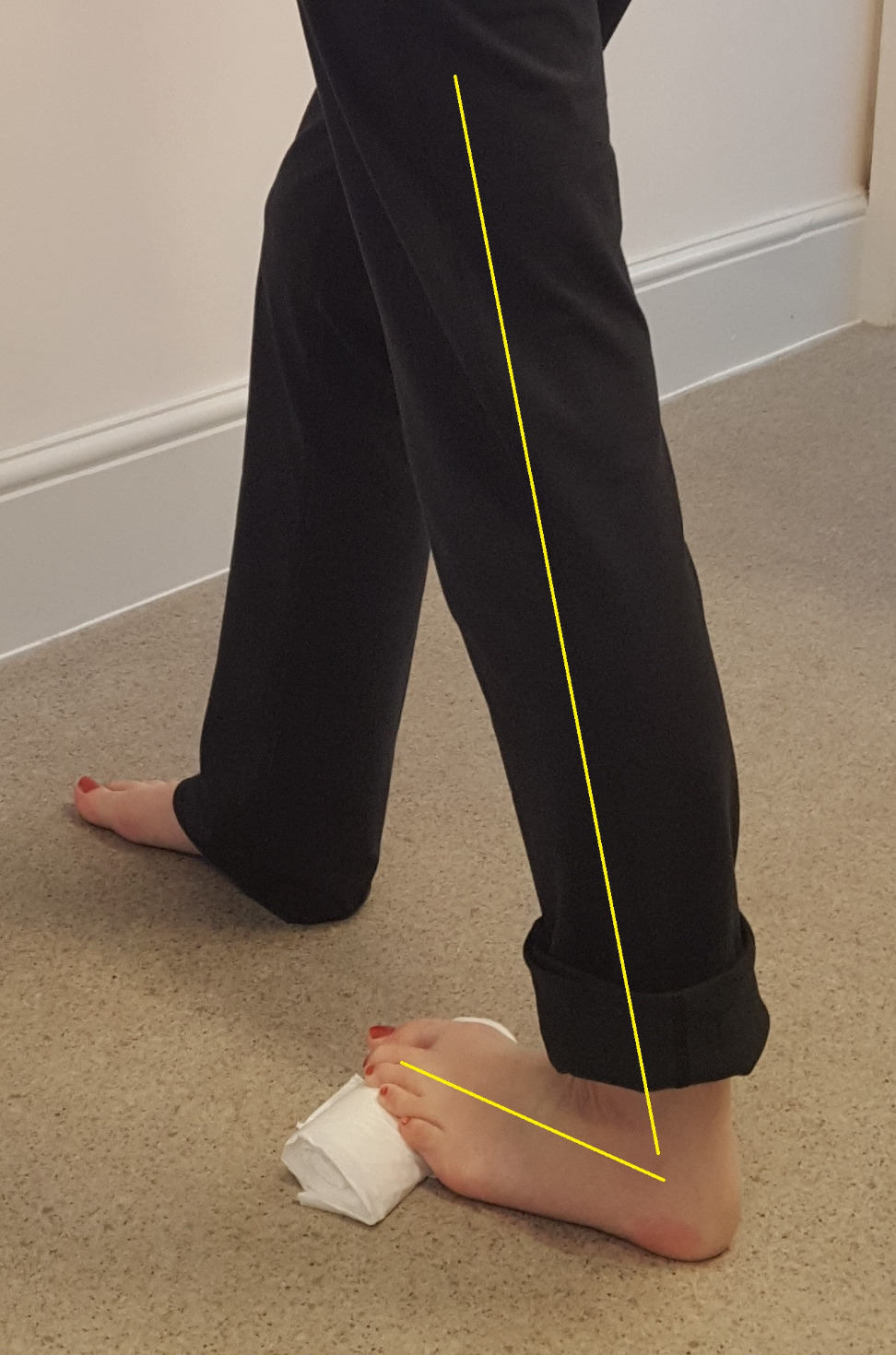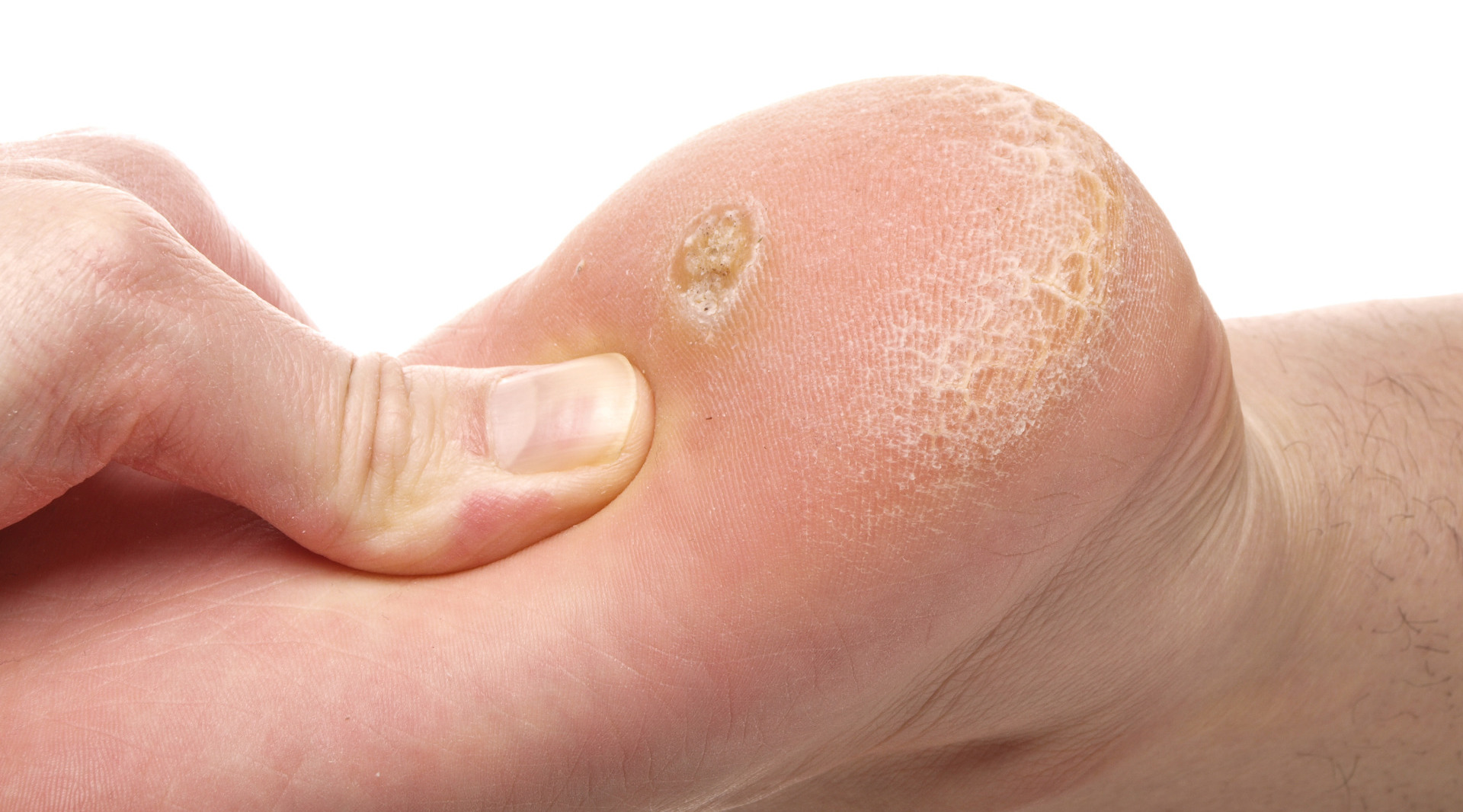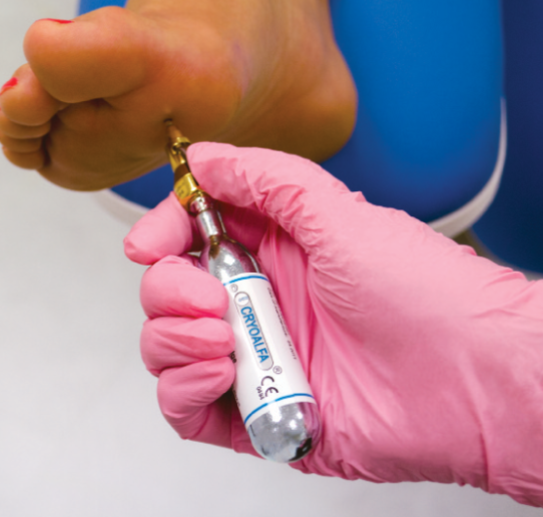Andy Murray's Ankle Brace
Posted on 19th July 2017 at 12:40

I simply cannot let another Wimbledon go by (what do you mean it’s over?) without talking about the ankle braces Andy Murray wears.
And before I go on I must say that I am completely independent from the brace but have supplied it to patients with complete success.
Following an injury that caused his left ankle to become unstable Andy began to wear a brace to prevent injury. Then six years ago he sustained a tendon injury to his right ankle and began to wear braces on both ankles.
As a nosey podiatrist, I had to see what the braces were assuming that they would be some kind of custom made (perhaps even gold plated) device. To my surprise they are the Aircast A60 which are an off the shelf device.






